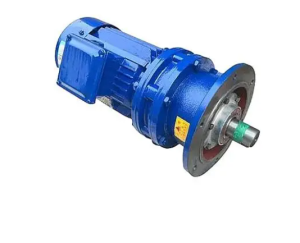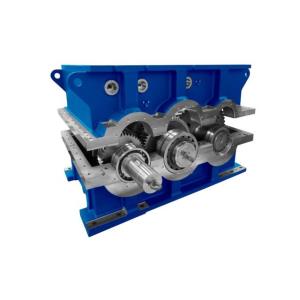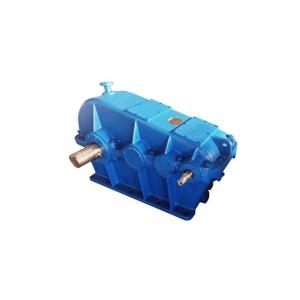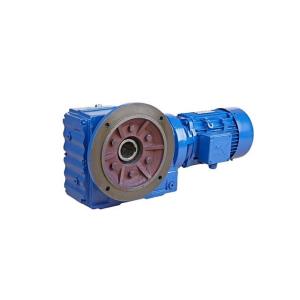Explanation and solution of broken shaft of reducer
Sometimes, the reducer may break its shaft. Why does the output shaft of the drive motor of the reducer break? In order to solve this problem, the cross section of the output shaft of the drive motor device of the reducer was checked. It can be said that the cross section of the output shaft is the same as that of the reducer.
This can simply explain that the main factor causing the shaft breakage of the drive motor of the reducer is that the motor and the reducer are not concentric when they operate.
If the degree of concentricity loss has a large deviation, the radial force will increase the temperature difference of the shaft transmitted by the motor, and the metal structure will be damaged. After all, the radial force will exceed the radial force that the motor output shaft can bear, and the drive motor output shaft will eventually be broken.
When the concentricity of the motor device and the reducer device is ensured to be relatively perfect, the energy light received by the motor transmission is rolling, and the lubrication is also good during operation. However, in the case of misalignment, the output shaft should bear the radial force from the input end of the reducer. The long-term effect of this radial force will force the motor output shaft to bend, and the bending direction will change with the rolling of the output shaft. Every time the output shaft rolls, the direction of the lateral force changes for one week.
In short, if the motor device and input position of the reducer are concentric, that is to say, the reducer and the motor operate closely and touch closely, and the device is assumed to be not concentric, then there will be space between their contact surfaces.
When the error of concentricity is greater, the breaking time of drive motor output shaft is shorter. When the output shaft of the drive motor breaks, the input end of the reducer will also bear the radial force from the motor. If the radial force exceeds the large radial load that both can bear, the effect will also cause the input end of the reducer to deform or even crack. Therefore, ensuring concentricity is the main way to prevent shaft breakage.
-
2024-04-12In the modern mechanical industry, the application of reducers is quite extensive, among which the TBW9255L planetary cycloidal pinwheel reducer, as a high...Details +
-
Characteristics and detailed introduction of H3HH8-71-G gearbox
2024-04-12The H3HH8-71-G gearbox is a widely used transmission device in the industrial field, characterized by high precision, high strength, and high efficiency. This...Details + -
ZS165 series cylindrical gear reducer achieves efficient and stable power transmission device
2024-04-11In the modern industrial field, a WPWV175,WPWV200,WPWV250,WPWDV40,WPWDV50 reducer is a very important power transmission device used to reduce the output speed ...Details + -
Structural features and advantages of K series spiral bevel gear reducer
2024-04-11WPEDS60-100,WPEDS70-120,WPEDS80-135,WPEDS80-147,WPEDS100-155 Gear reducer is a widely used mechanical equipment in the industrial field, among which the K...Details +







